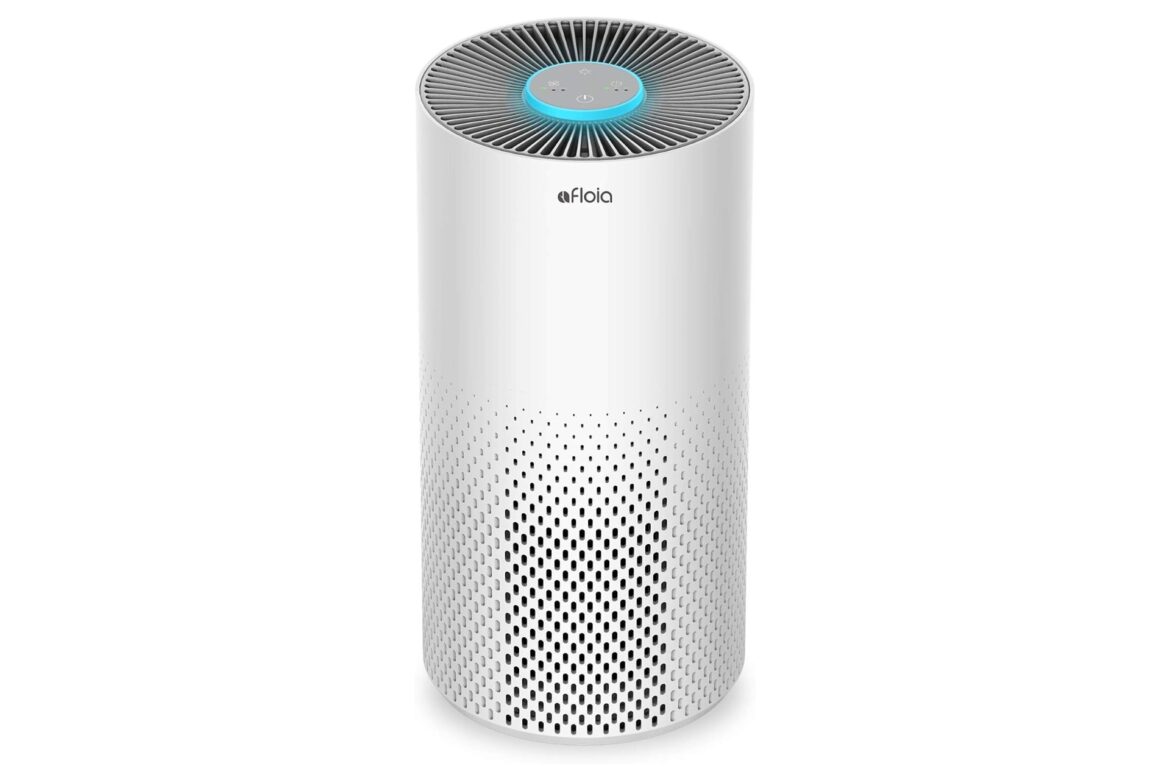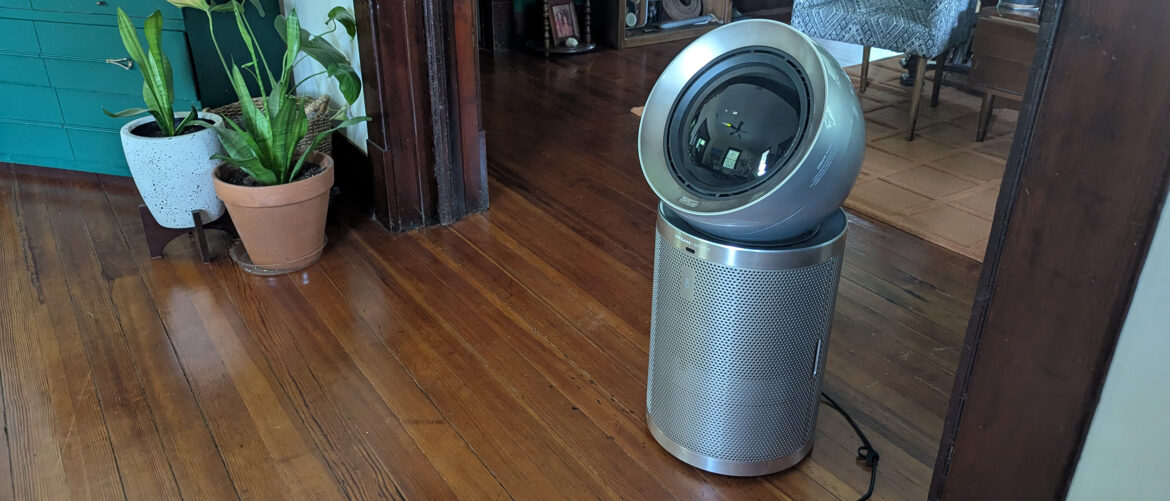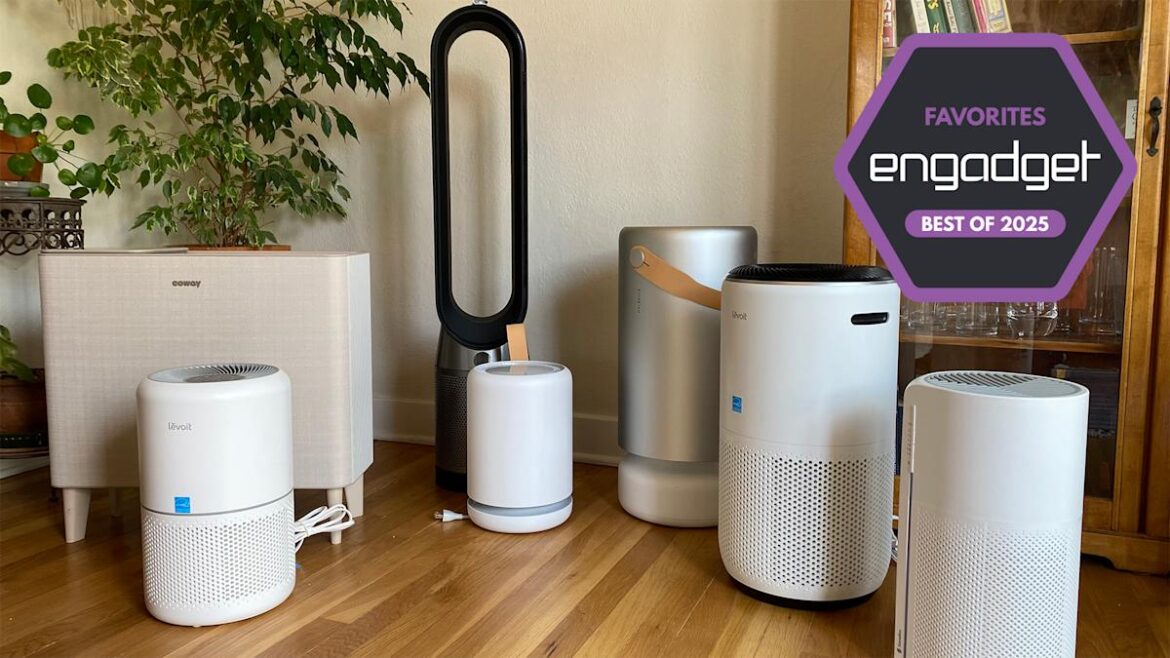It’s becoming almost essential to have an air purifier in your home, especially as pollution levels rise worldwide. If you’re not ready to place one in every room, at least put one in your bedroom. The Afloia Air Purifier model isn’t expensive, and it’s a great product: it’s now available on Amazon for just $62, a massive 52 percent discount from its usual price of $130. This affordable air cleaner is suitable for large rooms with a maximum area of 1076 square feet.
See at Amazon
Removes Particles As Tiny As 0.03 Microns
Afloia Kilo air purifier is fast working and purifies the air in a 269 square feet room four times an hour, hence capable of refreshing an entire 1076 square feet space in one hour. Its speed keeps dust, pollen, pet dander, smoke, and other airborne pollutants at bay. It has a three-stage filtration system that removes microscopic particles as tiny as 0.03 microns, and captures 99.9 percent of allergens and poisons.
Running at a silent 22 decibels in standby mode, it’s quieter than an intake of breath so it can be running continuously in your bedroom throughout the night without disturbing you. It even has settings to program 2, 4, or 8 hours, so you get to decide when it runs and conserve electricity. And, it features a 7-color nightlight that you can personalize to suit the mood of your room. The light gradually dims in sleep mode, and maintains darkness even when you are asleep.
This model is also adjustable with filter options. You may select the regular filter, pet allergy filter, or antibacterial filter depending on your needs. Just remember to change the filter every 4 to 6 months for optimal performance, though how often you will need to do this might depend on how dirty the air is in your area.
Besides being excellent air quality, the Afloia purifier also serves as an odor eliminator that gets rid of smoke odors, pet odors, and mold. It’s especially convenient for use in kitchens, living rooms, or wherever can benefit from cleaner air. It’s light and compact so you can move it around freely between rooms as you like.
With the current discount deal on Amazon, it’s a wonderful investment to keep your indoor place healthier and warmer all year round.
See at Amazon



